Trends and Developments in Austria 2021
Latest news about the real estate market and investments in Austria. Best developments in 2021 and best sales.
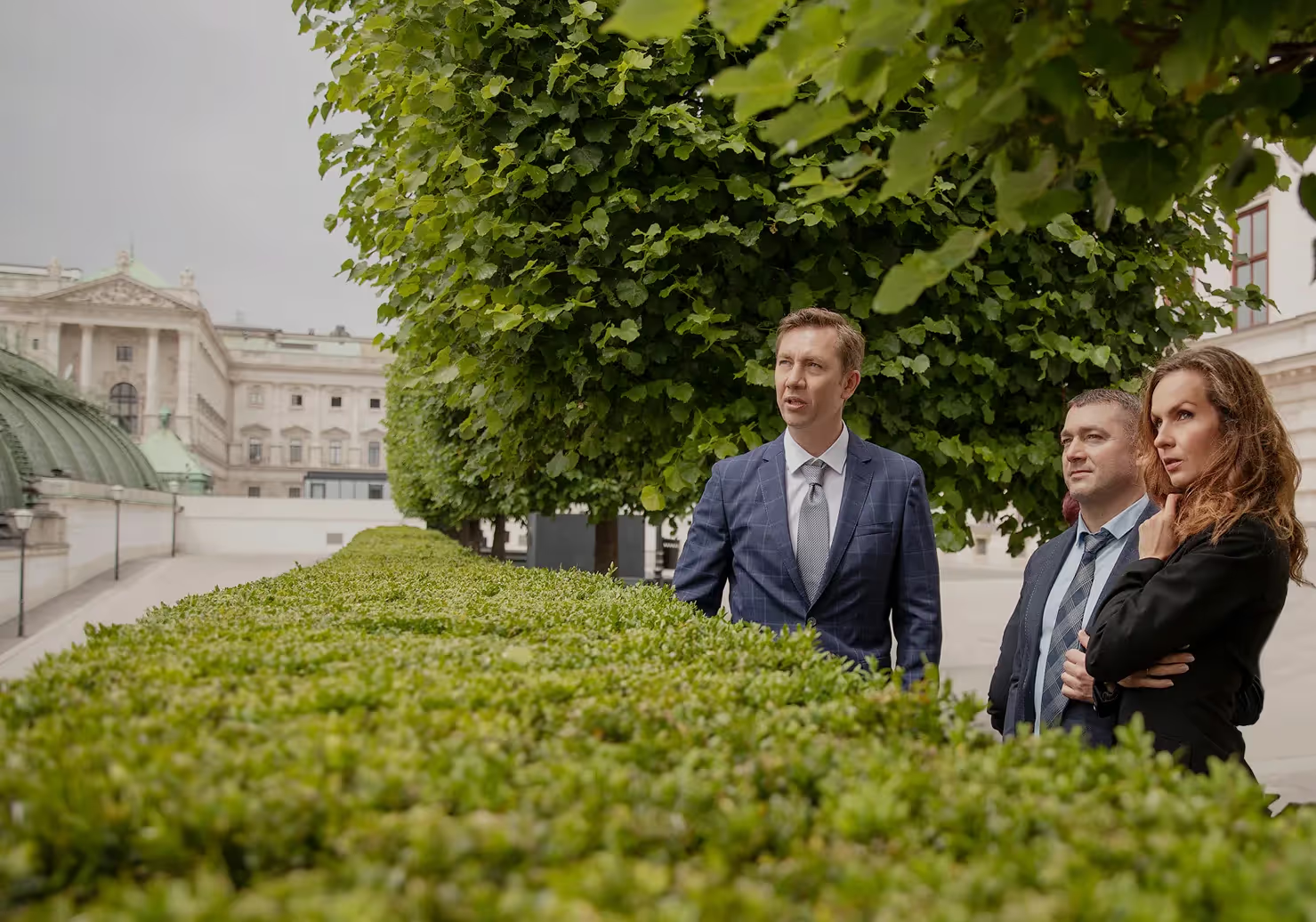
The coronavirus pandemic has affected many areas of the economy around the world. Every country has suffered the consequences of the virus to some degree, and Austria is no exception.
If you look at the general data for the different sectors within the economy, they seem to have been more or less equally affected. However, if you take a closer look, you will find that some elements are more varied than others, and vice versa. In this article, we look at what happened in 2020 and how the pandemic has altered the Austrian market recovery in 2021.
Real estate investments
In 2020, the investment market, although underperforming compared to 2019, still showed better results than expected at the beginning of the year. The total investment value in 2020 was EUR 3.3 billion, with 72% of this number registered in Vienna alone. The residential sector took an unexpected turn last year and became the most popular asset, outdoing the total number of investments in commercial office real estate. Residential properties took 37% of the overall shares, followed by office spaces with 33% and 14% went to industrial and logistics assets. Compared with hotel and retail assets, these three sectors showed their resistance throughout the crisis. It is forecasted that this trend will continue until the end of 2021 and the total amount of investment within this sector will be around EUR 3.5 billion.
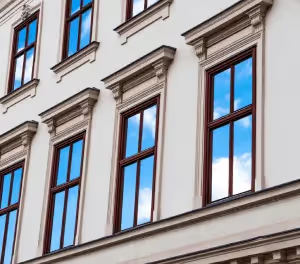
Hospitality
The tourism sector is one of the hardest hit industries from the coronavirus pandemic to date. Nearly three-quarters of all hotel visitors in Austria are international travelers and their absence has had a major impact on this area.
The Tourism Report 2020 was presented on June 24, 2021, and figuratively speaking it was a year of disasters for companies, entrepreneurs and their employees in the entire tourism industry. According to the Statistics Office of Austria, in 2019 a record number of overnight stays were booked in the country - 150 million, in 2020 the number of guests halved and returned to a level not seen since the 1970s. As a result, there has been a dramatic drop in occupancy. The hospitality and catering industry employed only 180,000 people - 42,000 fewer than the previous year.

On the other hand, due to the closure of international borders, the Austrian tourism sector has felt a new wave of tourism from its own local population. This was most noticeable after the lifting of the lockdown in the summer of 2020, with hotels located in the Austrian regions reporting a 50% jump in local tourists compared to last year.
It is worth noting that the hotel sector in Austria is already gradually recovering, although it is still difficult to estimate to what extent the industry will be able to fully recover. With an increase in the number of COVID-19 vaccinations and a decrease in the number of infections within a few weeks, the overall mood in the industry is very positive. For the first time since last summer, fewer than a hundred new coronavirus cases per day have been reported. There are 21 hotels scheduled to open by the end of 2021 and about nine openings for 2022. This summer is expected to bring a large influx of demand for leisure travel to Austria, which will in turn, bring in more tourists. Unfortunately, business travel is recovering much slower due to additional spending cuts caused by the crisis.
This positive development is proof that both the measures and steps taken to gradually open from May 19 were the right ones. The "Forward to Domestic Tourism Revival" process, which began in April, is also going well. "The return plan," constructed by the industry, will be presented on July 8.

Residential
In the face of the pandemic, the residential real estate sector has proven to be one of the best and most sustainable assets for investment. Austria's housing index rose to 139.31 points in 2020 - the highest in Europe, making Austria one of the best places to invest in residential real estate. Q1 2021 continues to be impacted by COVID-19, however, a gradual improvement in performance is expected due to the ease of restrictions.
Property with terraces and gardens were the most in-demand in terms of property sales and rentals, especially in the Alps and lake areas. This trend is due to the fact that people were tired of sitting at home throughout the lockdown without any outside space. Another reason is people want to invest in a safe and reliable place like a residential property.
Note: In a 2021 study of residential real estate trends in Austria, 90% of investors surveyed were of the opinion that working from home improves the quality of living space.
Despite the slump in construction at the beginning of March 2020 in the first lockdown, this sector has still shown remarkable results. According to the Bank Austria, residential real estate construction in Austria was one of the fastest-growing sectors in Europe in 2020 with eight units per 1,000 inhabitants when the average figure in the rest of the 19 Euroconstruct countries was just four.
2021 is already showing positive results in residential real estate. According to a property market review of the Oesterreichische Nationalbank (OeNB), real estate prices in Q1 2021 are already reaching 12.3% over the 10% growth in Q4 2020. In Vienna alone, the price growth was 10.9% in Q1 2021 compared to 9.4% in the last three months of 2020. In terms of rental prices, Q1 2021 saw a decline in value to 5.4%, down from 5.6% in Q4 2020. The average price per square meter for an apartment in the city center in 2020 was EUR 6.705. In 2021 this figure grew to EUR 7.704.
The completion of developments are also not experiencing any delays, even despite the short break in construction. Until the end of the year it is expected to see a slight decline in yields, stable rents and an increase in purchase prices.
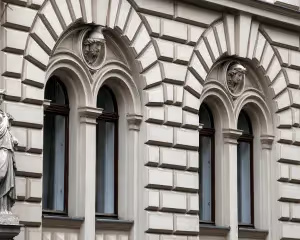
The average selling price for apartments in Vienna in June 2021 was highest in the Innere Stadt neighbourhood - EUR 16,655/square meter - and lowest in the Meidling neighbourhood - EUR 4,829/square meter. As for apartment rental prices, for the same period, the highest rate was recorded in Vienna's 1st district - EUR 20/square meter, and the lowest in the Brigittenau district - EUR 13.79/square meter.
Commercial Real Estate
In 2020, the commercial real estate sector also showed fairly high and stable results. The total take-up in 2020 was about 4.7 acres which was a much better result than expected at the beginning of the year. The most attractive office locations were the CBD and Vienna Central Station with a share of 23% and 11% respectively. The most popular sectors were within the public sector with 70% of all investments in 2020. Q1 of 2021 was followed by a strong demand for office space with approximately 0.92 acres. This number is expected to increase to 4.13 acres. The biggest demand right now is focused around offices since the pandemic has made people rethink their working space.
As for rental prices, in 2020 they were higher than expected. Due to the low level of construction completion, combined with the high level of pre-rent in Vienna, rents in shopping centers fell by about 7-8% to EUR 325/sq. m. However, the prices for shopping parks remained relatively unchanged - EUR 14/sq. m. Due to the current situation, prices for retail premises will continue to decline in 2021, but clearly the demand will not decrease.
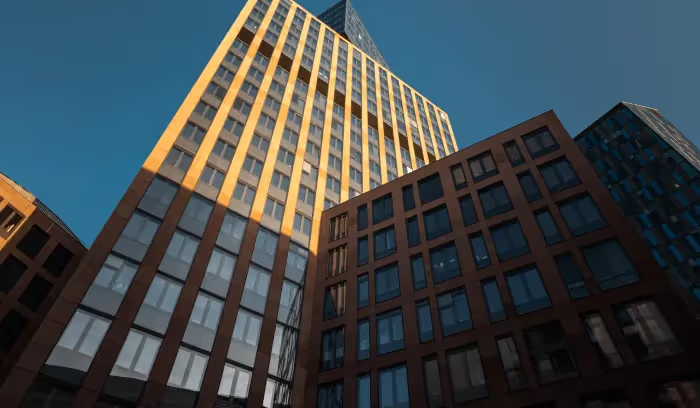
It is worth noting that the legal implications of the pandemic measured by the government on already signed leases are of particular importance for investors
This includes business closures, restrictions on entry, etc. The Austrian Civil Code already allows for these situations to be regulated by giving the tenant the right to withhold rent (including service charges) if the leased property cannot be used for its intended purpose. There can also be a reduction of rent in proportion to the income, in case of partial unsuitability in relation to the agreed purpose of the rented object. In addition, if this trend persists for a long period of time, the tenants are left with the right to terminate the contract for a good cause. IThe above provisions are in fact more than 100 years old, and up until the period of March 2020 they were practically ignored.
Logistics
Logistics plays an important role in the global economy. New trends and innovative strategies in logistics can confront new global pressures, creating opportunities in the e-commerce and union markets, thus developing new technologies to optimize supply chain management. Austria's industry and logistics ranked third among asset classes in 2020, with investments of approximately EUR 450 million, which was down 9% from the previous year. 65% of all investments were made by German investors, making them the largest shareholders. One of the most notable deals made in this sector was the sale of "City Park Vienna" to "Nouwen" and two phases of construction of the industrial campus "Vienna East" by "DEKA". An increase in the number of projects will lead to an increase in supply and investor interest.
Note: In addition, an amendment to the Lower Austrian Spatial Planning Act of 2014 came into force in Vienna in March 2021. It will include restrictions relating to traffic in the context of current activities. Such measures were taken to reduce the high consumption of land and to prevent municipalities from competing with each other in the allocation of business and industrial zones.
The main trends in the logistics industry in 2021 were the areas of:
- Blockchain is on track to grow global GDP by 5% and trade by 15%. Global supply chains are already data-rich - from ships and trucks, sensors, freight pallets, business partners and inventory management systems.
- The next big logistics trend will be technology using artificial intelligence. Some of the reasons for this logistics trend are changing consumer preferences and interests, such as the growing demand for non-local food products. In addition, globalization has greatly increased the availability and variety of perishable goods available for delivery.
- Environment and sustainability are also among the most important logistics and transportation trends. More and more people are relying on environmentally friendly products and services, not only in production but also in transport. Companies around the world are paying attention to consumer demand for greener products and processes. Products marketed as environmentally friendly account for a significant portion of growth in the consumer goods market. Manufacturers are always looking for ways to extend the shelf life of products and make it easier to refurbish, repair and resell products.
- The integration of robotics into logistics increases the speed and accuracy of supply chain processes and reduces the human factor. Robots offer more accuracy and increase productivity compared to humans.
It is worth noting that logistics and infrastructure are decisive factors when choosing a business location. Austria offers ideal conditions for companies operating around the world, these are:
- A strategic location in the heart of Europe and a bridgehead function in Southeast and Eastern Europe.
- High level of logistical competence.
- Effective airports and a leading East-West air traffic interface in Europe.
- Low warehouse rental prices.
- Excellent cooperation of different modes of transport - intermodal terminals provides an ideal combination of road, rail and waterborne transport.
- Transport mode distribution is above the EU average - 37% of goods are transported by rail.
- 15 border crossing points with access to 7 other foreign markets.
- Network with the North Sea and the Black Sea (Danube), with the Middle East and Asia (internal hubs for Adriatic ports).
Real estate finance
Financing for various asset classes was hit hard in 2020 with the worldwide crisis of COVID-19. Hotels, offices and retail received the least investments, while residential real estate suffered the least. Residential prices continued to rise throughout the year, reaching a 9.5% increase. Consequently, residential real estate loans for households went from EUR 0.4 billion in Q4 2020 to EUR 1.7 billion in Q1 2021.
The long-term interest rate in Austria was at 0.08% in May of 2021 compared with -0.4% in January 2021. In September 2020 this figure was at -0.32%. The short-term interest rate in May of 2021 was at -0.54%, January was the same outcome, while in September of 2020 it was -0.49%.
Credit debts
The state also introduced financial assistance in the form of guarantees and grants since lots of contracts had been reconsidered for projects in such areas as retail and hospitality. The government also introduced the 4th COVID-19 Act and the 2nd COVID-19 Justice-Accompanying Act to repay private debt and loans to microenterprises.
In Austrian jurisdiction, many loan agreements contain material adverse effect (MAC) provisions that give the lender the right to terminate the agreement and cancel their obligations.
Furthermore, Austrian banks have general terms and conditions (GTCs) which contain similar provisions aimed at worsening the conditions of the borrower, a group of borrowers or the value of the collateral provided.
However, these lender's rights are legally limited and, unless objectively justified, may be invalidated. A careful legal assessment is therefore needed in the case MAC would only be based on the occurrence of a crisis and therefore without immediate (threatening) impact on the financial condition or business of the borrower, its assets or the collateral itself. However, there are no specific legal provisions on "force majeure" and usually they are not provided for in the contract, which would give the borrower the right to prevent the MAC from being terminated by the lender in the event of a crisis.
Green finance
Green financing is the funding of environmental protection and socially important projects. It consists of three independent segments such as green bonds, social bonds and national projects. Such a way of asset funding is currently on the rise and advancing in such areas as capital markets and bonded loans. However, in the real estate sector, this kind of funding is still in the developing stage. Green finance is often used as a simple marketing tool such as a simple green asset certificate in real estate. However, this may soon change as the Green Deal demands that funds be directed into environment-friendly investments and CO2 reductions only.
Real estate construction
Construction companies continue to accept and fulfill orders, which is especially favorable for residential real estate investors. For example, in Vienna, construction peaked at 18,500 units in 2020, while in April 2021 the volume of construction projects rose by 37.3% compared to the same month last year.
This amounted to EUR 3.4 billion for Q1 2021. The number of residential buildings permitted for construction in the first quarter was 19,876, with this figure expected to rise to 20,900 units by the end of this year.
More than 40,000 housing units have been permitted in Vienna since the beginning of 2021, which will keep developers busy until at least mid-2022 and encourage an influx of investors in off-plan real estate. As of July 2021, projects in the works include:
TRIIIPLE

TRIIIPLE is a residential complex which is located in the central 3rd district directly on the Donaukanal. It consists of three 100-meter buildings and has two to four-bedroom apartments, penthouses, lofts and office spaces. The living area of the apartments range from 40 to 165 square meters. The residential complex has facilities such as underground parking, 24/7 security, a children's playground and much more. Completion of the project is scheduled for summer 2021. The prices of apartments start from EUR 252,00.
Colibri
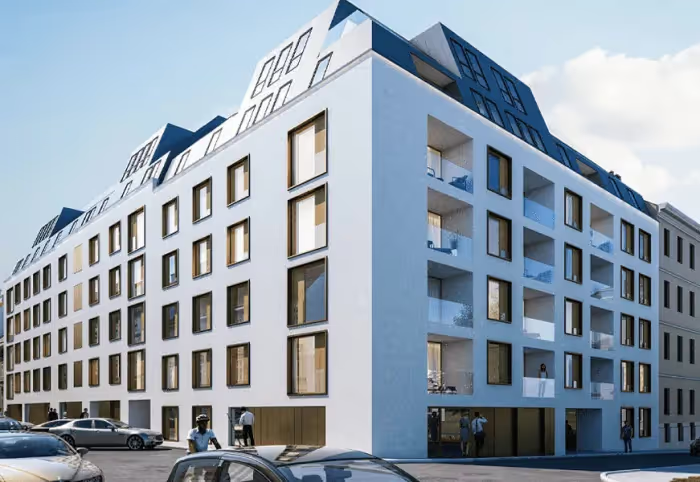
Colibri is a residential complex of 3 buildings with 6 floors each. It contains 4 studios, 47 apartments and 11 attic apartments of 30 to 135 square meters. The complex is located in the 14th district-Penzing, in the western part of Vienna. It has facilities such as underground parking, a Smart Home system, electric vehicle stations plus many more. The project is scheduled for completion at the end of Q2 of 2021. The prices start from EUR 13,000 per square meter.
The Althan Quartier
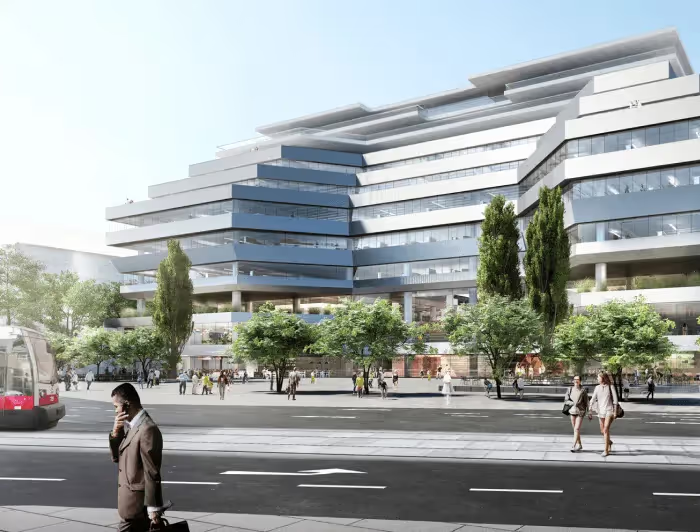
The Althan Quartier is a large 130,000-square-meter space for offices, apartments, stores, restaurants and bars. It is located on the site of the former Franz Josef railway station. The concept of the complex is a mix of a central urban zone with ecological build substance. The developer is the company 6B47. The project is scheduled for completion in Q2 of 2023. The prices will soon be announced.
Wildgarten
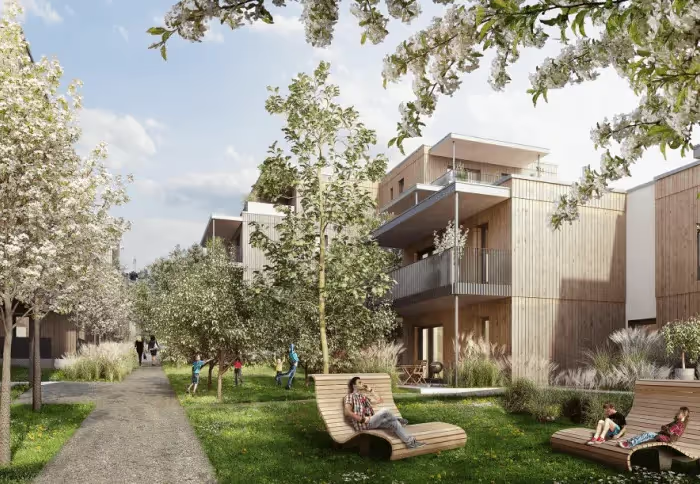
Wildgarten is currently under construction. The development consists of 1,100 residential units in three buildings of eight storeys and lies within 82,000 square feet in Vienna's 12th district. Wildgarten is aiming to implement 7 concepts in the area: kindergarten in the countryside, Naschgarten, safe habitat for rare animals and plants, handling of the natural soil with avoidance of pesticides, renewable building materials, a neighbourhood center from where residents can access at any point, intelligent mobility with underground parks. Completion is scheduled for 2023. Prices will be announced in the near future.
Vienna Twentytwo is also in the initial planning stages. The project consists of two high-rise buildings, one of which will be a multifunctional tower 155 meters high and a residential tower at 110 meters high. There will be apartments and a hotel as well as commercial facilities. The project will be managed by SIGNA and ARE - Austrian Real Estate and it is planned for completion by the end of 2024 - the beginning of 2025.
Summary
- Hospitality is one of the most affected sectors of the pandemic, with a 35.9% loss.
- Residential real estate investments are still one of the most promising assets in 2021. According to the Oesterreichische Nationalbank (OeNB), real estate prices in Q1 2021 reached 12.3%.
- As of June 2021, Vienna showed the highest price for the purchase of residential property in the Inner Stadt district at EUR 16,655/sq. m. Rentals also increased to EUR 20/sq. m.
- The lowest purchase price in June 2021 was recorded in the district of Meidling - EUR 4,829/sq.m. and for rentals - in the district of Brigittenau was EUR 13.79/sq.m.
- More than 40,000 housing units are under construction and scheduled for completion by mid-2022 at the earliest.
Share your contact details, and we will happily assist you in finding your dream property






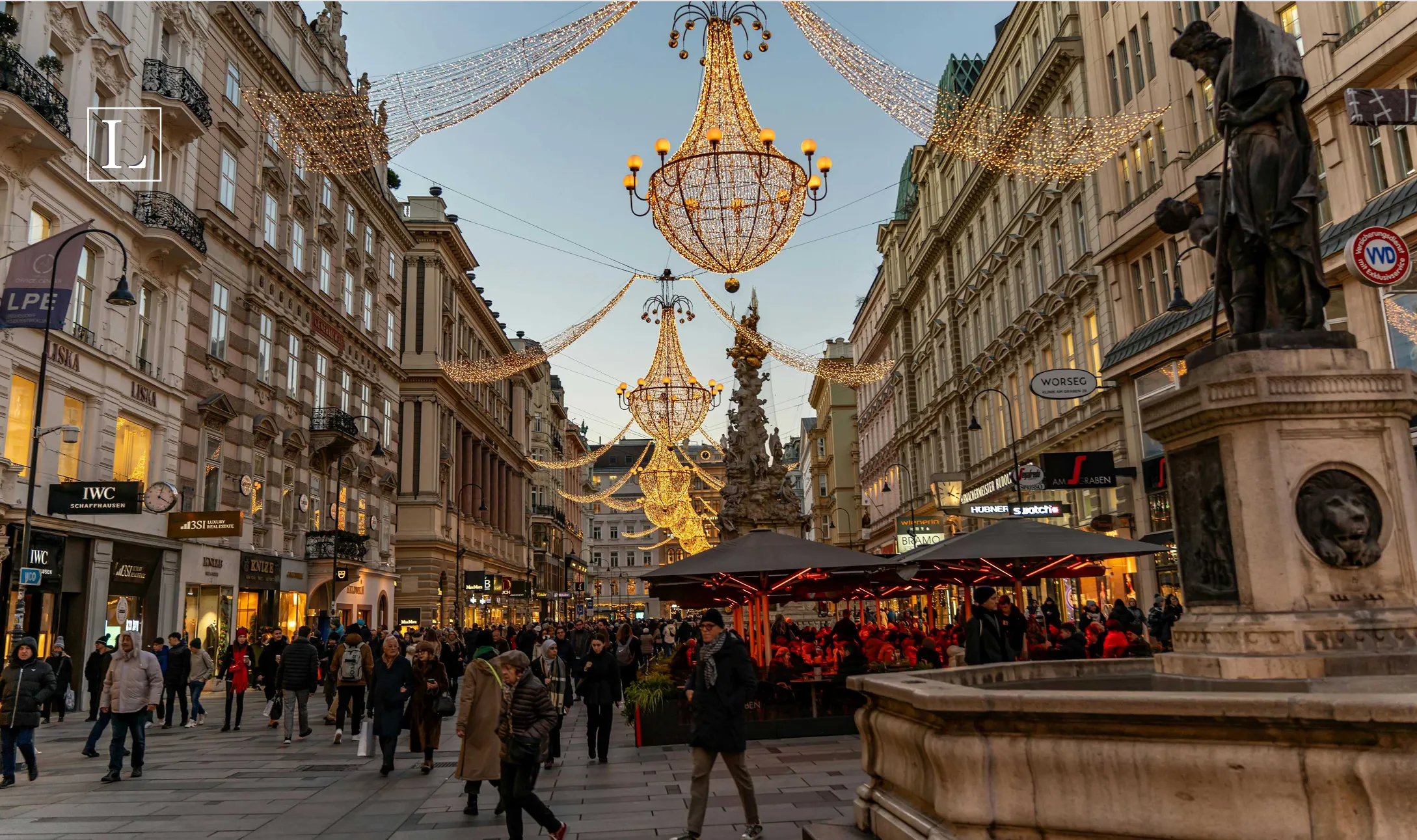
-p-2000.webp)
.avif)
%20(2).avif)





